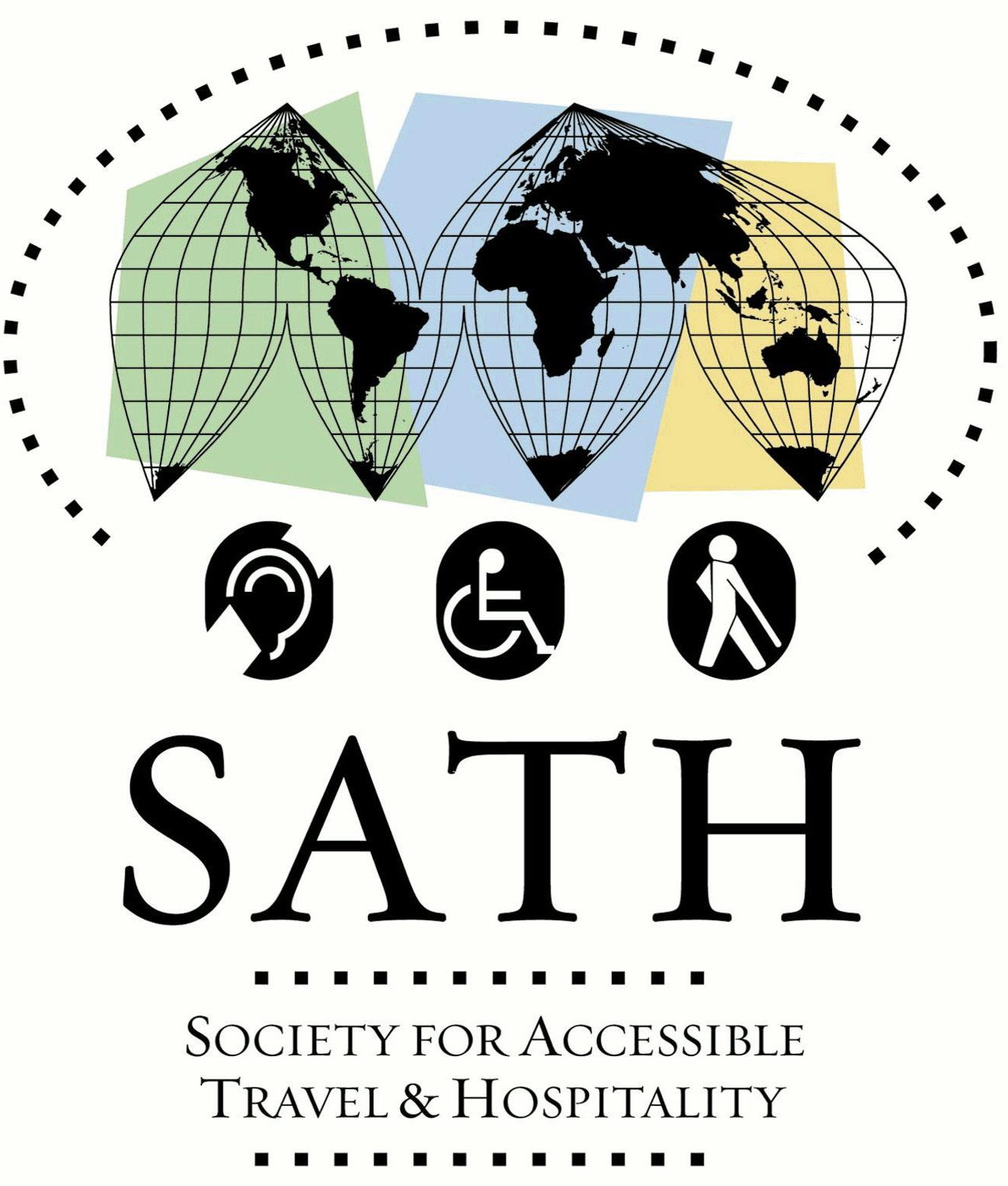Guest article by Anna Huebner, Masters student at the Aalborg University in Denmark and intern at the New Zealand Tourism Research Institute, Auckland University of Technology

Dahme/Mark (www.dahme.de) is a small township with some 3.500 inhabitants about 100km south of Germany’s capital Berlin, in a region which was and still is regarded as an economically weak area. Like many eastern rural communities after the ‘Wende’ (The Change) in late 1989, Dahme and its surroundings was faced with migration, high unemployment rates, and an ageing population. The reconstruction of many building facades and rural roads has often not led to the desired re-vitalization of many of the smaller and bigger settlements in the area.
However, Dahme experienced some further changes which were to significantly influence the townscape in the mid-1990’s when the Fläming-Skate (www.flaeming-skate.de) was built. The Fläming-Skate is a well-maintained 200Km long and at least 3m wide asphalted track, connecting Dahme and other bigger and smaller, sleepy villages. The route was initially planned to revive the Teltow-Fläming region by attracting cyclists and skaters, but soon it also become a symbol for accessibility and integration, being – for example – the venue of the annual ‘Teltow-Flaeming Festival for Skaters and the Disabled’ (www.flaeming-skate.de). Meanwhile, Dahme has taken the chance to develop its inner city facilities on the basis of the barrier-free idea promoted by the Fläming-Skate. Thus, much attention has been paid to complying with accessible building standards at reconstruction sites of public- and private-owned facilities. A wide range of facilities in Dahme now grant free ‘Accessibility for All’. Amongst other such facilities, a barrier-free swimmer’s pool was opened last year, the tourist information centre moved into the town hall (now providing a barrier-free entrance), a hotel in the city offers a large number of accessible rooms, access has been created to major city sites (e.g. to the castle ruins and the abbey), the town sports-centre upgraded its tennis court, and dropped kerbs have been created.
The regional tourism marketing advisor, Ursel Ochs, highlights the advantages: “accessibility means quality of life for all population groups. Older and disabled people, young families with buggies and younger children, and also cyclists profit from barrier-free facilities – it has become a market segment”. Future projects are already in planning. In 2011, for example, the main street is to be reconstructed, providing opportunity to develop barrier-free entrances to the shops along the road.
The positive and successful changes made are the result of a number of inter-related factors. The strong cooperation between local authorities, businesses, and community members – all members of the established ‘Arbeitsgemeinschaft Dahmer Land – Barrierefreiheit fuer Alle’ [Association Dahmer Land – Barrier-free for All] (www.dahmer-land.de) – has significantly fostered the relatively smooth implementation of projects. Moreover, the Association continuously assesses present facilities and emphasizes future action needed. They point out that many business owners still do not recognize the value of converting facilities, that there is still need for compliance with official barrier-free construction regulations, that a national support program for barrier-free installations is needed, that promotional material should give accurate measurements of facilities – door widths or sink heights for example – and that the hearing or visually-impaired have so far been largely ignored.
With all these changes, it may not be surprising that Dahme has become home to two nursing homes, offers a number of residential care homes and apartments for the mobility-impaired, facilities rather reflecting the ageing population. Yet, despite its offerings for the older generations, birth rates have slightly increased since 2008 and the new facilities have significantly contributed to the well-being of all and to a new communal spirit.
It is quite remarkable that a small and economically weak township like Dahme has upgraded its inner city centre to the extent that accessibility and barrier-free facilities are not regarded as novelties any more, but where they have become an integrated part of the townscape and a unique selling point of the area.

